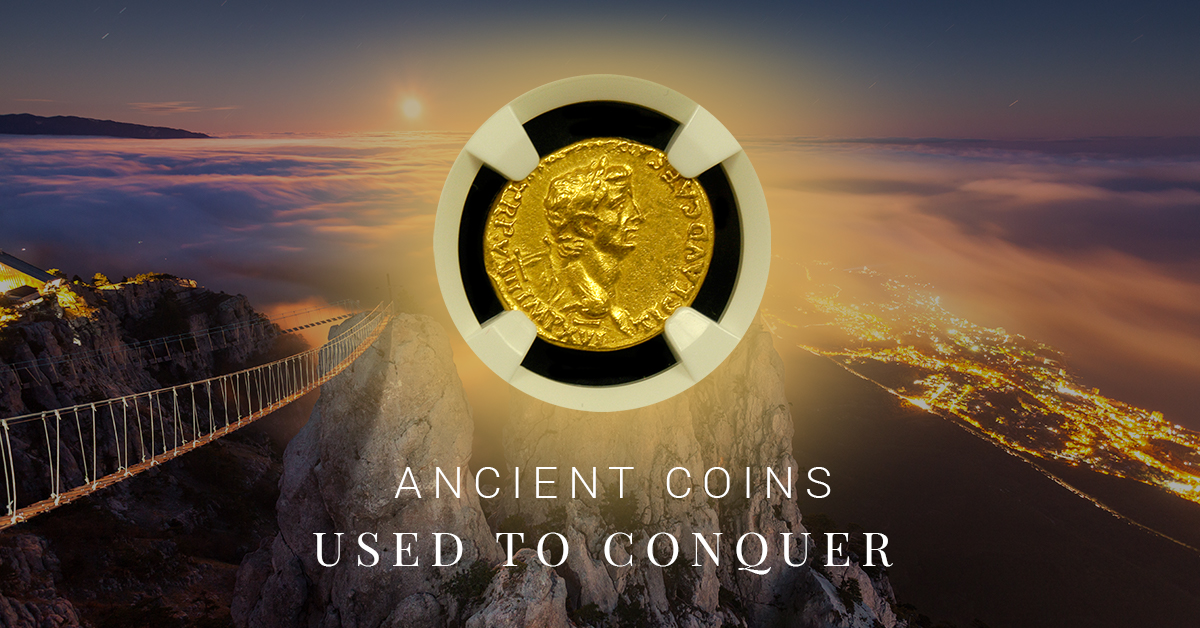Coins of the Roman Republic

Ancient Roman coins are wildly popular with coin collectors, so much so that they are the second most popular kind of coins to collect, right behind U.S. coins. When we think of ancient Rome, most of us think of the Empire. It stretched across most of the “known” world, up to Northern Europe as far as England, as far South as Egypt, and the entirety of the Mediterranean. There were scores or different cultures and religions under the thumb of the Romans. But before the Empire was the Roman Republic.
During the Republic, coins were printed as a monetary system. Just like today, they appeared in different denominations.
-
The as was the lowest value coin. It was roughly equivalent to our penny, and initially it was cast in bronze, but then later in copper.
-
The dupondius was cast in brass, and it had a value equaling 2 asses. Seriously.
-
The sestertius was another brass coin. It was larger and it was valued at 2 dupondi.
-
The denarius was a small coin cast in silver, worth 4 sestertii.
-
The antoninianus was a silver cast coin. It was somewhat larger and was valued at 2 denarii.
-
The aureus was a coin cast in gold. It was worth 25 denarii, and first appeared during the reign of Julius Caesar.
-
The solidus was the replacement for the aureus after the Emperor Constantine took control. The Byzantine Empire made use of it for 700 years after Rome fell.
In the early years of the Republic, coins were still used from conquered Greek city-states. But as time went on, the Romans struck their own coins. Influential Romans arranged matters so that the faces of their ancestors appeared on the coins. During the reign of Julius Caesar, he commanded that coins feature his profile. This was the first time in history that a living Roman had his picture displayed on coins.
Probably the most valuable coins are the “eid mar” denarii. These were struck by Marcus Junius Brutus, best known as the murderer of Caesar. Like John Wilkes Booth, he expected to be hailed as a hero, but he was relentlessly hunted down. He used these coins to pay his soldier. Only 60 are left in existence, and each coin is easily worth hundreds of thousands of dollars.
Historically speaking, the Republic had a good run. It lasted from the 6th century BC up until its destruction and transformation into an Empire by Julius Caesar 500 years later. During its heyday, the Republic was governed by the senate, a group of wealthy and powerful Roman citizens. For a time, the system functioned more or less effectively. But certain members within the Senate began plotting to seize power for themselves. Through political maneuvering and their popularity with commoners and the Roman military, they put increasingly difficult pressure upon the Senate. A series of civil wars broke out, and Julius Caesar was able to take the reins of power and break the power of the Senate. It wouldn’t last long, and Caesar was eventually assassinated.
After his death, his grandnephew Octavian brutally put down any remaining resistance. He shored up his power and declared himself Emperor Augustus. The Republic passed into history, and became a footnote to the time of the Empire. But when collectors acquire coins from this important epoch, they can witness the faded glory of the Republic for themselves.







